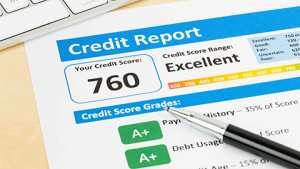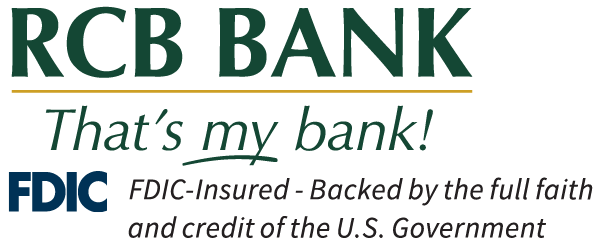
Maintaining a balanced account is crucial for financial stability and peace of mind. For customers who utilize overdraft protection and primarily rely on debit card transactions, reconciling your account balance becomes even more essential. This article aims to guide you through the process of reconciling your account balance effectively, providing useful tips and insights along the way. Whether you use a checkbook or online banking, these strategies will help you regain control over your finances.
Understanding the Basics:
Account reconciliation involves comparing your records of financial transactions with the bank’s records to ensure they match. This process allows you to identify any discrepancies and take appropriate action. While traditional checkbooks are less common nowadays, the principles of reconciliation apply regardless of the transaction method.
Online Banking: Pending vs. Posted Transactions
In today’s digital era, online banking has become increasingly popular. When reconciling your account balance through online banking, it is essential to understand the distinction between pending and posted transactions.
Pending transactions:
These are transactions that have been authorized but have not yet been deducted from your account balance. They include recent purchases, transfers, or any other financial activity that is awaiting final processing by the merchant or financial institution. Pending transactions may take some time to be posted, and the amount may change or even be canceled before final processing.
Posted transactions:
These are transactions that have been completed and officially deducted from your account balance. Once a pending transaction is processed and finalized, it becomes posted. Reviewing pending and posted transactions during the reconciliation process is important to ensure accuracy.
Steps to Reconcile Your Account Balance:
- Review your records: Gather all receipts, statements, and transaction records, whether physical or digital. This includes records of purchases, ATM withdrawals, online transfers, and any other financial activities.
- Access your online banking: Login to your online banking platform to view your account details. Take note of the current balance, pending transactions, and posted transactions.
- Compare transactions: Start comparing the transactions on your records with the transactions displayed in your online banking. Focus on posted transactions, as these have already affected your account balance.
- Identify discrepancies: Look for any inconsistencies or discrepancies between your records and the bank’s records. Common discrepancies may include missing transactions, incorrect amounts, or duplicate entries. Be meticulous during this step, as even minor errors can lead to larger problems down the line.
- Investigate pending transactions: Pay attention to any pending transactions and ensure they match your records. Be aware that the final amounts may differ from the pending amounts once they are posted. Contact your bank for clarification if you notice any discrepancies or unfamiliar transactions.
- Update your records: Make the necessary adjustments to your records based on the information provided by your bank. If you find any errors, notify your bank immediately to rectify the situation promptly.
- Establish a routine: Regularly reconcile your account to prevent any potential problems from escalating. Set aside a specific time each week or month to review your transactions and ensure they align with your records.
Reconciling your account balance is vital to maintaining financial stability, particularly for customers utilizing overdraft protection and primarily using debit cards. By following the steps outlined in this guide, you can take control of your finances and avoid unnecessary fees or complications. Whether you prefer using checkbooks or online banking, understanding the distinction between pending and posted transactions and reviewing your records diligently will help you maintain an accurate account balance. Stay vigilant and make account reconciliation a regular part of your financial routine for long-term financial well-being.
Opinions expressed above are the personal opinions of the author and meant for generic illustration purposes only. RCB Bank, Member FDIC.
Sources:
Bichachi, R. (2022, August 28). Bank reconciliations defined: A definitive guide. Oracle NetSuite. https://www.netsuite.com/portal/resource/articles/accounting/bank-reconciliation.shtml
Birken, E. G. (2022, August 18). How to balance a Checkbook. Forbes. https://www.forbes.com/advisor/banking/checking/how-to-balance-a-checkbook/



